|
Why White Cloud and Hesperia can’t afford the Dams By Charles Chandler and Mark Heying The “Forgotten River” series has received a lot of local interest and produced many interesting comments and observations. The first in the series was a celebration of the work of a local group of kayakers in opening up the White River by clearing a narrow path in the waters from White Cloud to Hesperia. The second article addressed concerns about the legality, rules, and regulations involved in clearing that path, and how those legalities were complied with. The third article in the series centered on the history of the dams at White Cloud and Hesperia, and the serious, detrimental effect those dams have on the health of the rivers’ fish. The original intention of the author was to limit these articles on the forgotten White River to these three; however, due to the complexity of the topic and to the impressive response that these articles have generated, we’d like to expand on the subject, with detailed discussions on the economic potential of our river, and how that potential is currently being wasted. We would also, with the permission of our kind readers, like to address some of the many rumors and misinformed opinions that have been expressed not just lately but in some cases, over the last several decades. In the coming articles please consider local economic development. And specifically, the value of recreation because one of the economic strengths of our state and the central western Michigan area is the generous recreational opportunities that abound within. In our state, 63% of Michigan residents participate in outdoor recreation. More than twice as many jobs in Michigan depend on outdoor recreation (232,000) than on the aerospace industry (105,000). Michigan residents are more likely to participate in kayaking and camping than the average American. But as popular as kayaking and camping are, they are not the most popular activity. Fishing is. In Hesperia and White Cloud and along the White River the recreational kayaking and fishing potential exists but is not developed and the economic benefits are lost. A comparison between the White River and the nearby Pere Marquette can reveal the scale of that lost opportunity. Both the White River and the Pere Marquette River begin life in the same general area of Michigan. They are only about 30 miles apart, are similar in size, and both end their flow into Lake Michigan. And that’s where the similarities largely end. The Pere Marquette is a world-class fishery. It is an international fishing destination and an economic powerhouse for the area. The White River, on the other hand, is not well known and is largely ignored. The Pere Marquette River receives a healthy flow of salmon and steelhead each fall. It is Michigan's longest dam-free river and has a wild and scenic beauty that's unmatched. It also flows through millions of acres of public land, which makes finding a spot to fish pretty simple. The longest undammed trout stream in Michigan—and one of the first in America to be stocked with brown trout—the mainstream of the PM stretches for more than 60 miles from Baldwin to Pere Marquette Lake. Much of it is designated as a National Scenic River. The first 10.5 mile stretch downstream from Baldwin (M-37) to Gleason’s Landing is flies-only, catch-and-release, the water is good for wading, and boasts great salmon and steelhead runs, too. Travel north on M 37, and you’ll soon see the economic activity generated by the fishermen of the Pere Marquette. You’ll see the roadside signs, the motels, guide services, sports shops, boat yards, and banners. In Baldwin, you’ll see the fish art on the lamp posts. One of their biggest city events is the annual Troutarama. In the City Park, you’ll find an incredibly beautiful 12-foot statue of a brown trout. While you’re there, stop at the Barsky Restaurant, and have lunch. Talk to the manager. She’ll tell you that about 75% of their business is driven by Pere Marquette fishermen. The salmon fishermen account for about 50% of that, the steelheaders about 25%, as do the trout fishermen. The gross annual income of Barsky’s is about $250,000 and they have four full-time staff, about 13 part-timers, and will add three or four more during peak salmon season. When asked what would happen if the salmon and steelhead disappeared from the Pere Marquette, the manager said that “we would lose probably 30 to 40% of our business and eventuality go out of business.” Their lunch is delicious. Stop at the Government Lake Restaurant, and talk to the people there They’re nice, friendly folks. One member of management recently said that most of their business was driven by Pere Marquette fishermen. Their gross annual income is about a half million dollars, and the value of the business was estimated to be about half a million as well. There are about 22 part-time staff, and additional help are added in the evenings and during peak fishing season. Go into the StealthCraft dealership in Baldwin. Do a little boat shopping, pet the championship dog there, and talk to the management. They’ll tell you that 70 to 80% of boat sales there are national, and 20 to 30% of sales are local. Gross annual income is about six million dollars, and the valuation of the business is about 10 million dollars. There are about 35 employees at the boat manufacturing facility and dealership. The dealership also owns a lodge, which employs two to three guides, and various housekeepers during the peak season. Ask them how important the Pere Marquette is to their business. They say that “if the salmon, steelhead, and trout were not in the Pere Marquette, we would not be here.” Next, head on down to the PM Orvis Lodge. It’s a nice place. Talk to management. They’ll tell you that most of their income is provided by salmon, steelhead, and trout fishermen. They had five full-time employees and 3 part-timers. They’ve added more shop and housekeeping hours during peak fishing season. “If the salmon, steelhead, and trout were not in the river our business would be dramatically different”, they said. Take a drive over to the Baldwin Bait and Tackle shop. A member of management says that about 60% of their annual business was driven by salmon, steelhead and trout fishing. Their gross annual income is in the $500,000 range and the valuation of the business is probably around one million. They have five full-time employees and four part-time and did add additional staff during peak fishing season. They also increase their tackle inventory during salmon and steelhead season. Go and do a little fishing while you’re there. Talk to the livery service. They’ll take your truck down the river for you; it’ll be waiting at the end of your float. The livery operator will tell you that 100% of his business is driven by salmon, steelhead and trout fishermen. His annual gross income ranges from $20,000 to $50,000. He has one full-time employee and two part-time. He operates his business year-round and if it were not for salmon, steelhead and trout in the river he would not have a business.
Talk to the people at the Pere Marquette Canoe and Kayak livery, or the lodges like the Westinghouse, or Brophy’s, or the Pere Marquette River Rod and Gun Club. They’ll all tell you very similar stories. Visit a local professional fishing guide. According to the folks at the Huron-Manistee National Forest Baldwin Ranger station, there are around 32 licensed guides working the Pere Marquette river. Most charge around $400.00 for an 8-hour day trip. This works out to a $50.00 an hour job, which is comparable to what a dentist, pharmacist, lawyer, judge, technical manager, and other business managers tend to make. The outfitters and lodge managers around Baldwin estimate that during peak salmon, steel and trout season there are on about 20 guides a day working the river, creating around $8000 a day in revenue, which that cascades throughout the area. Top guides do about 150 trips a year, which comes to around $60,000. Simple math tells us that, in total, these guides generate $1,200,000 a year in revenue. Add in tips, booking fees, miscellaneous rental equipment like kayaks and canoes, and retail sales. At North West Realty the staff said a prospective buyer will pay about a $50,000 premium when buying property along the Pere Marquette river. This value is driven by the reputation of the Pere Marquette (location, location, location) and the status that comes with having a property along this famous river. If you fish or kayak on the Pere Marquette or if you’re visiting these successful businesses, these guide shops, restaurants, equipment stores, lodges, motels, and campgrounds, for a conversation starter ask them if they would support a couple of dams being built on the Pere Marquette River. Maybe one below Baldwin, where it will stop the fish from moving upstream; like the dam, they have in Hesperia. Ask them if a second dam should be put in, above Baldwin, where it will heat the water until it is a detriment to the fish; like the one they have in White Cloud. Ask them if they should throw away their incredibly valuable resource and beautiful river or trade it for two old dams and two small shallow pounds. They’ll probably look at you as though you’ve gone insane. An unlikely conversation yet still an accurate comparison of two rivers about 30 miles apart. One a nationally known river and an economic driver for the community and the other forgotten, undeveloped and a monument to a bygone era. In the next article, we will dive deeper into the economic and ethical reasons that Hesperia and White Cloud should trade in their dams for a different future.
Michael Ross
6/24/2019 02:55:44 am
I live on the White River (above the White Cloud dam). The White River is NOT the same size as the Marquette River. When the dam was out, I could walk across it with the water barely to my knees. There's no way that fishing guides could float their boats in it. In fact, just a week or so ago, the City of White Cloud was asked to hold water back so that there would be enough water to allow the KAYAKS to make their way to Hesperia! (In fact, my dock was underwater for nearly TWO WEEKS to meet the needs of the kayakers !!)
Michael Ross
6/24/2019 06:35:49 pm
Would be interested in further comments.
Doris Sirk
6/25/2019 12:42:29 pm
It's obvious you didn't live around here when we had the big rain that took out the dam in White Cloud. The water was so low and the area was filling up with weeds (which parts of it is still thick by the bridge). The swimming for the kids was not good. There are more than fishermen living in this area that use the water. Comments are closed.
|
Letter to the Editor PolicyNear North Now welcomes original letters from readers on current topics of general interest. Simply fill out the form below. Letters submissions are limited to 300 words. Archives
July 2024
Categories |
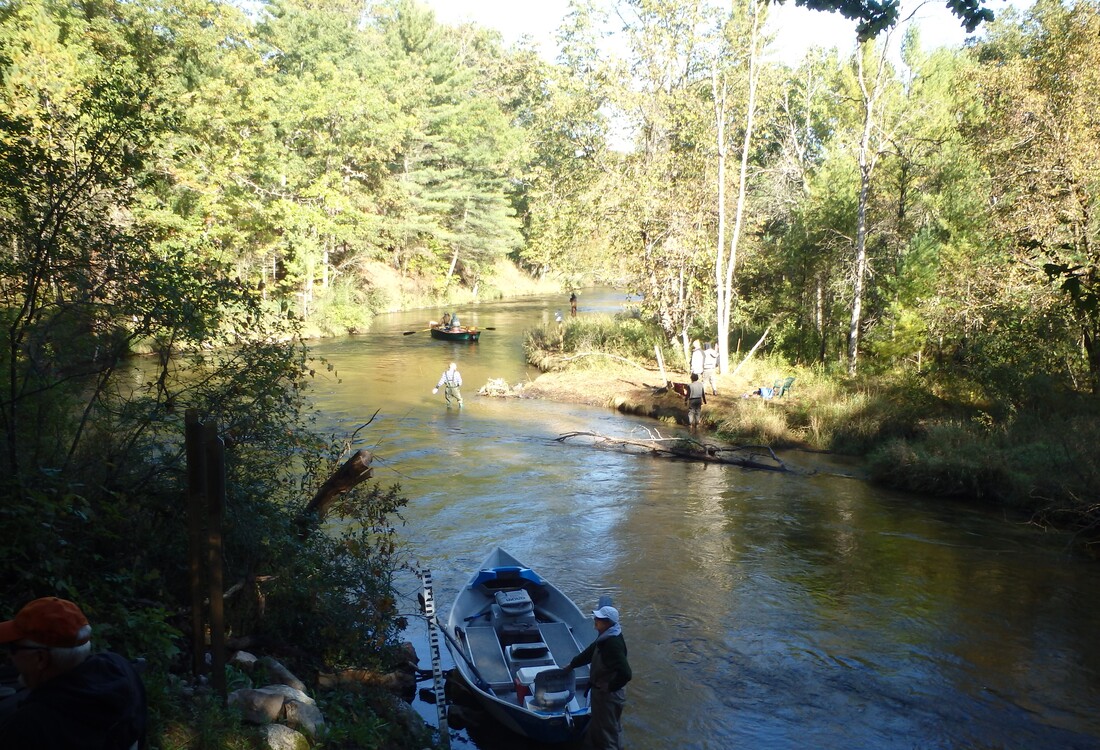
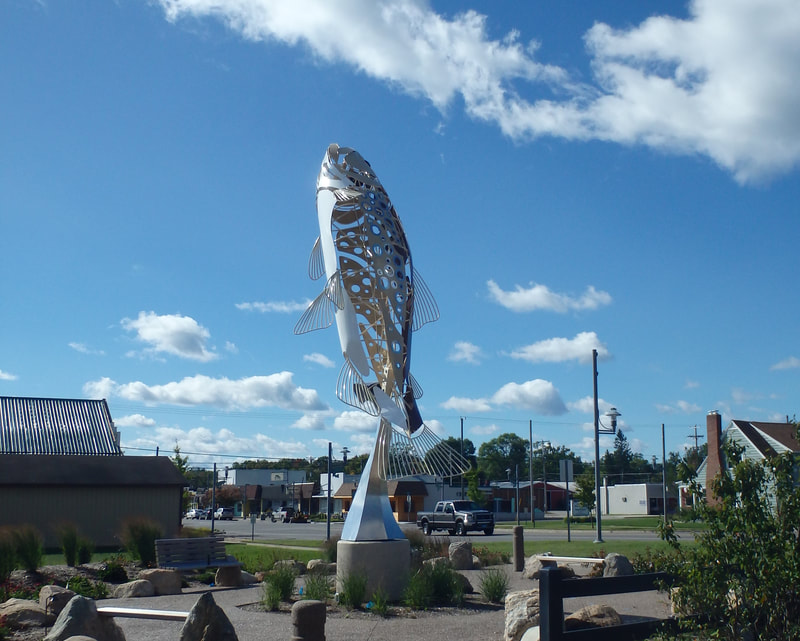
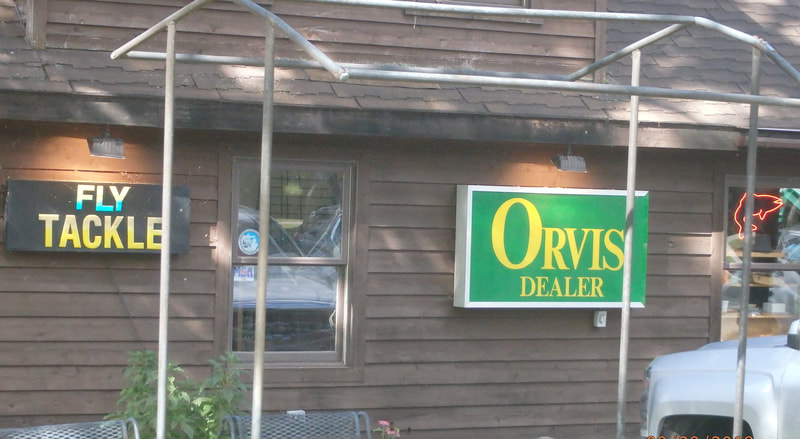
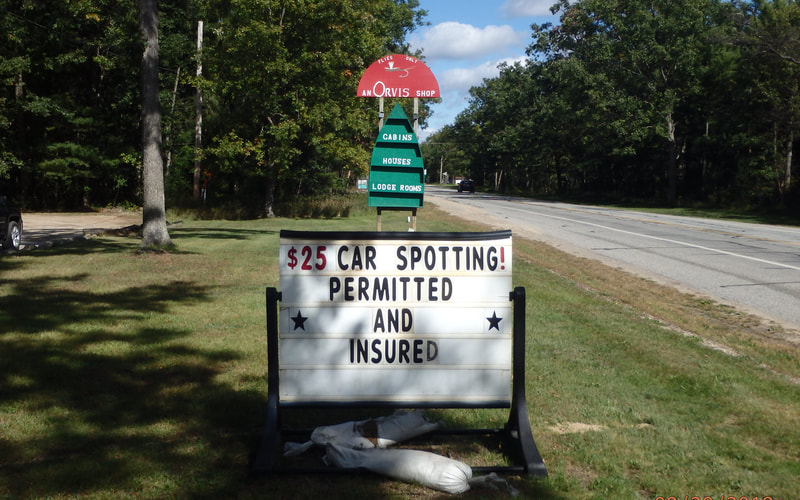
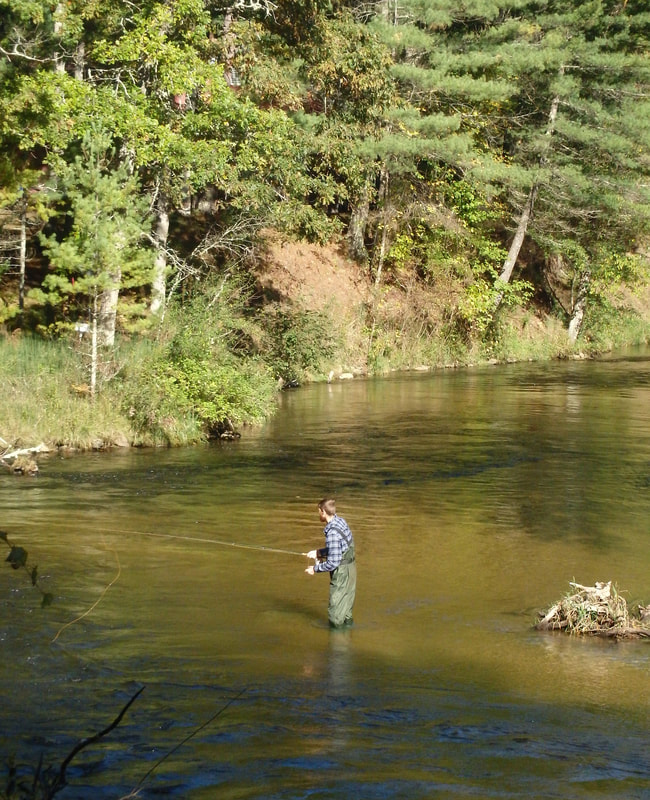
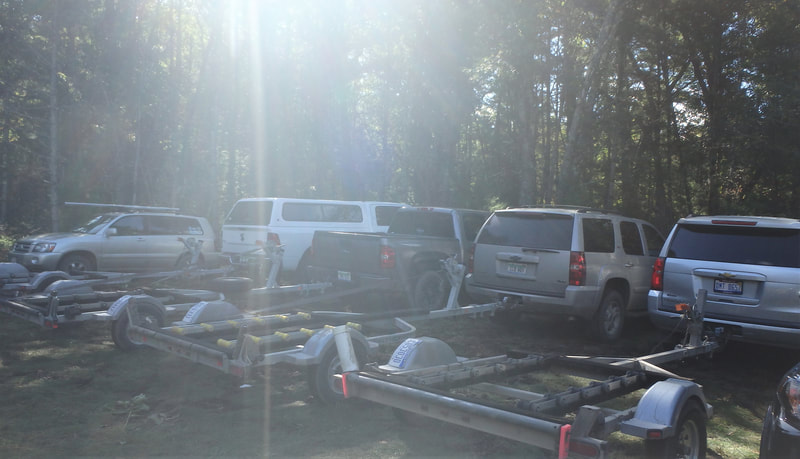
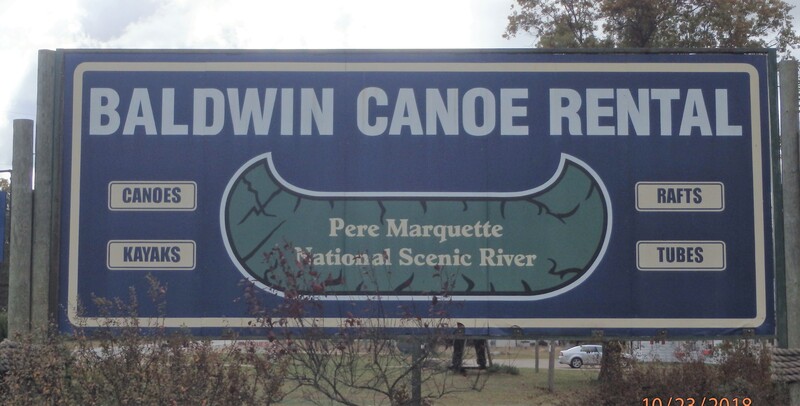
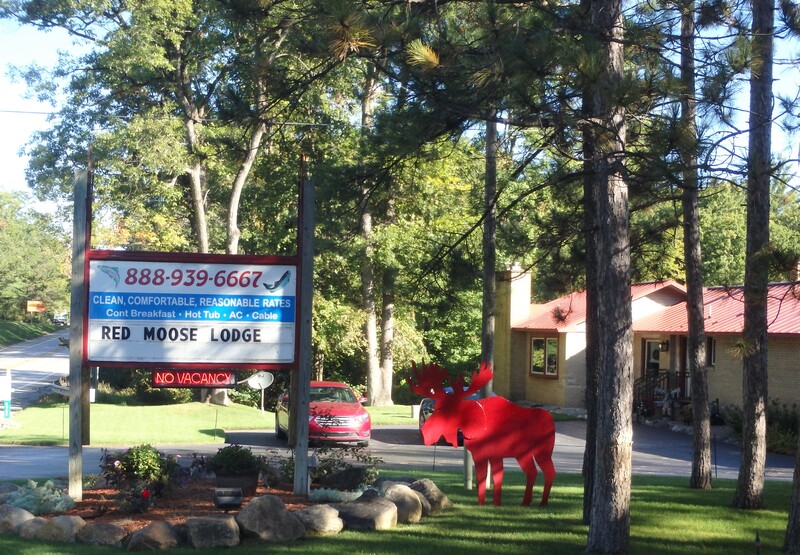
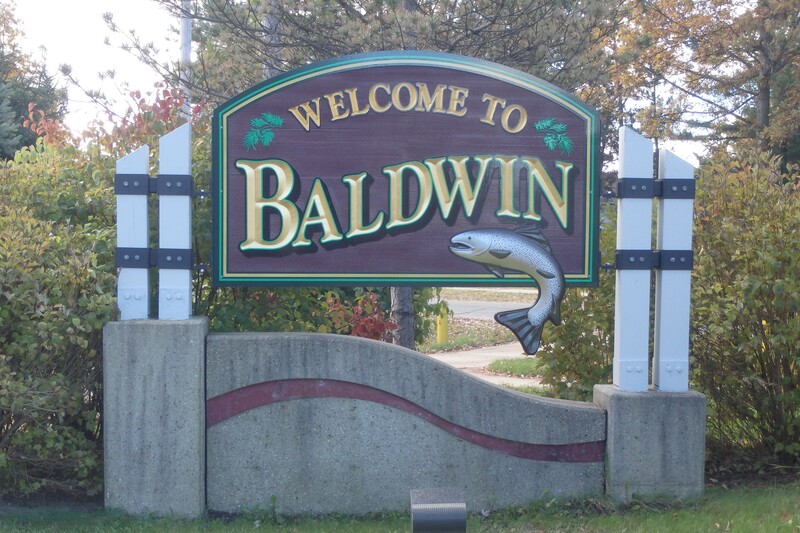
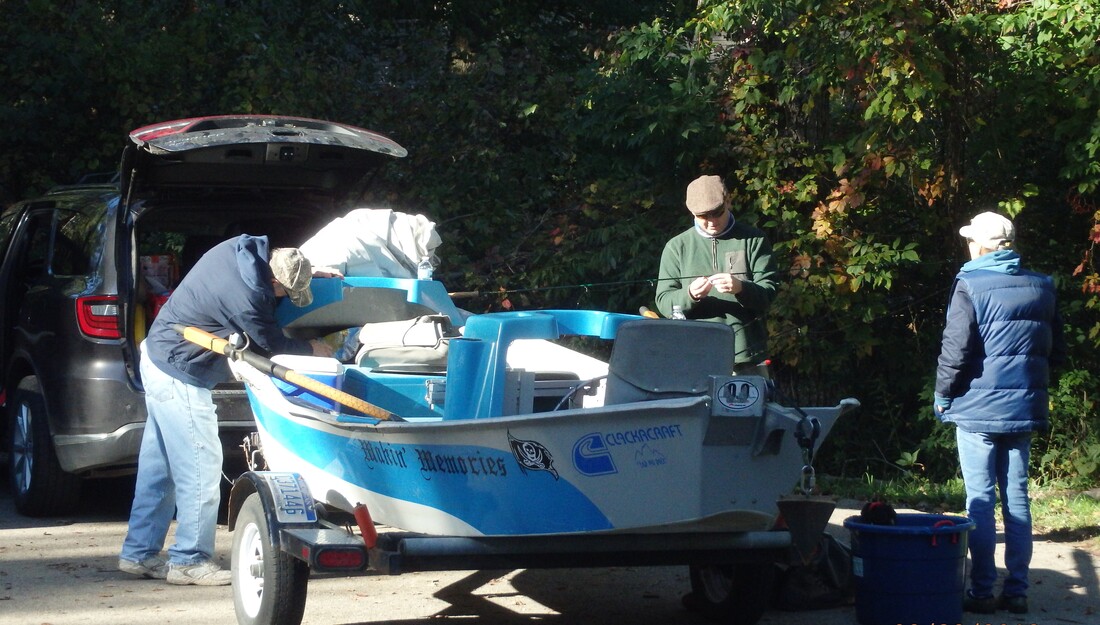
 RSS Feed
RSS Feed